How to Snorkel Perfectly: 12 Stunning Tips for Beginners
What is Snorkeling?
Snorkeling is an amazing way to discover the underwater world. Swimming in clear waters with a clear vision to keep an eye on what’s happening beneath the water, snorkeling allows one to connect with nature in a unique way, with relaxation and adventure as byproducts. Although snorkeling is easy, many people, especially beginners, don’t know how to snorkel.
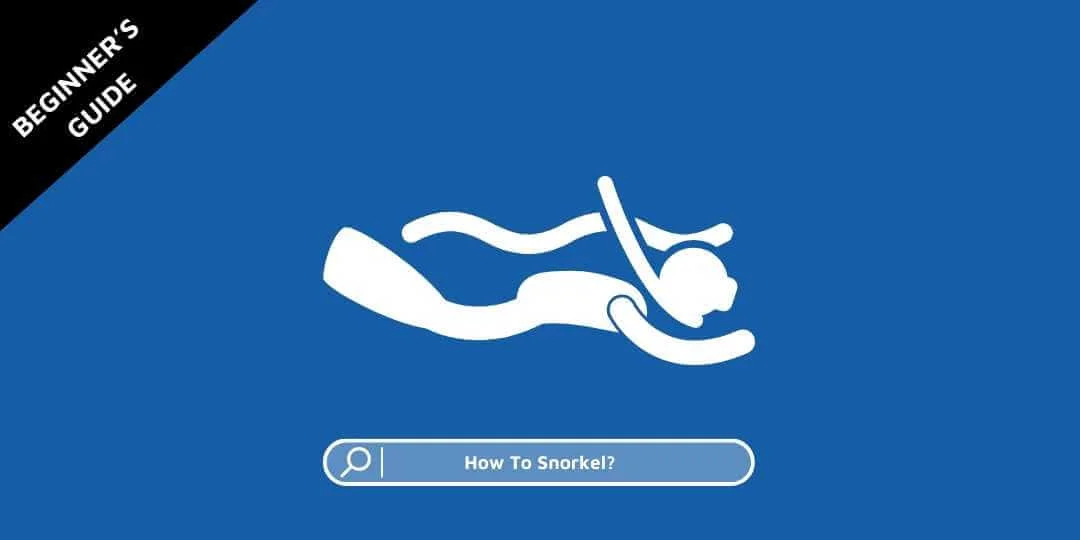
One of the best things about snorkeling is its accessibility. While related activities like scuba diving require specific expertise and heavy equipment, snorkeling can be done with just a mask, snorkel, and fins, even by a beginner. It is the best activity for vacationers, water enthusiasts, and people who (just like me) are curious about marine life. Watching schools of colorful fish dart through the coral reefs or the hidden treasures and rocky coastlines is well.
This guide will walk you through everything you need for a safe snorkeling experience. You’ll learn how to snorkel underwater, essential snorkeling gear, techniques, and safety tips to ensure a memorable snorkeling experience. In short, whether you are a beginner or any skill level, you will be a confident snorkeler after reading this guide, and you will be ready to dive into the water to discover what lies beneath the waves.
Benefits of Snorkeling
Physical Benefits
Worrying about missing your cardio for snorkeling? No more. Snorkeling is a low-impact cardio workout that engages multiple muscle groups. Swimming and breathing exercises simultaneously improve heart health, enhance lung capacity, and tone muscles in your legs, arms, and core. What more do you need? Exploring the underwater world while doing your workout? Yes, please. Unlike high-intensity workouts, snorkeling is low-impact, making it easier for people of all ages and fitness levels.
Mental Benefits
Exploring the underwater world provides a sense of peace and instant connection with nature, which can reduce stress and anxiety. Many snorkelers find the experience meditative, as it allows them to escape the hustle of daily life and immerse themselves in a serene environment just by paddling here and there and floating their bodies.
Educational Benefits
Snorkeling allows you to learn about marine ecosystems and wildlife firsthand. Observing colorful coral reefs, clusters of fish, and other aquatic creatures creates a deeper appreciation for the ocean. It encourages conservation efforts while exploring the beauty not only on the land but also a few feet beneath it.
Essential Snorkel Gear
Snorkeling may sound discouraging if you’ve never tried it since it seems a challenging sport, but once you get a hold of it, it’s the most peaceful and enjoyable experience connecting with sea creatures. Below, you can find a brief of the equipment necessary for snorkeling:
Ps. If you want a detailed review and recommendations on the best snorkel gear in 2025 you can read our detailed review here.
1. Snorkel Mask

You can have every other piece of equipment, not a snorkel mask, and you cannot enjoy snorkeling. In contrast, you can have a snorkel mask and nothing else, and you can have the experience of a lifetime. Long story short, a snorkel mask is that important. Therefore, carrying your snorkel mask for your snorkeling trip is essential, providing a clear view of the world underneath.
If you are unsure about what snorkel mask you should choose, you can read our review of the best snorkel masks of 2025.
To make sure your masks fits you well and doesn’t leaks due to it being oversized or being too tight due to being undersized, you can read our guide on snorkel mask sizing and how to measure your face here.
How does a snorkel mask work?
A snorkel mask covers your eyes and nose by creating a tight seal around your face, which prevents water from getting in. It has durable tempered glass that gives you a clear panoramic view and a silicone skirt that gives you a comfortable fit. There are also full-face snorkel masks that don’t require a separate snorkel, making them one piece.
How to use a snorkel mask?
- Use a defogging solution to avoid fog when you get in the water.
- Place the mask on your face by adjusting its straps, ensuring it fits perfectly.
- Pull the strap over your head so it doesn’t move.
- Make sure the seal is intact by inhaling through your nose.
- Don’t over-tighten the mask, as it will press into your face, leaving marks behind.
2. A Snorkel

A snorkel allows you to breathe while your face is submerged. Snorkel stays above the water while you immerse in water. We’d recommend that you opt for a dry-top snorkel, which has a valve to prevent water from entering the tube, especially when waves splash over you. This feature is most likely beneficial for beginners who may not be comfortable clearing water from a snorkel.
How does a Snorkel work?
The snorkel tube has a mouthpiece that fits comfortably between your lips and a tube that extends above the water’s surface. Before immersing in water, make sure you seal your lips around the mouthpiece, ensuring water doesn’t leak in. The purge valve at the bottom of a dry-top snorkel allows you to easily expel water with a deep exhale.
How to Use a Snorkel?
- Attach the snorkel to your mask strap using the clip provided.
- Place the mouthpiece in your mouth, ensuring a comfortable grip on the silicone tab.
- Relax and practice breathing through the snorkel on the surface before submerging your face in the water.
- If water enters the snorkel, use a deep exhale to clear it or use the purge valve if your snorkel has it.
- Keep your movements slow and smooth which will prevent water from entering the snorkel while swimming.
3. Fins

Fins are a pair designed specially for swimming effortlessly, which allows you to glide through the water and conserve energy. Choose fins according to your shoe size and fit comfortably, and foremost, match the type of snorkeling you’ll be doing—short fins are ideal for shallow water, while longer fins work better for exploring deeper areas.
How do Fins Work?
Fins increase the surface area of your feet, allowing you to increase swimming speed with less effort. This reduces strain on your legs and helps you cover larger distances in the water without getting tired. The material and design of the fins determine their flexibility and performance for easier kicks.
How to Use Fins?
- Choose fins that fit comfortably and aren’t too tight to avoid discomfort or blisters.
- Sit by the edge or in water, not deep enough to put on the fins.
- Slide your feet into the foot area and adjust the straps for a secure fit.
- Practice slowly, gradually taking it in motion to perform smoothly through the water without splashing excessively.
- To prevent damage, do not walk on hard surfaces while wearing fins.
4. Snorkeling Vest
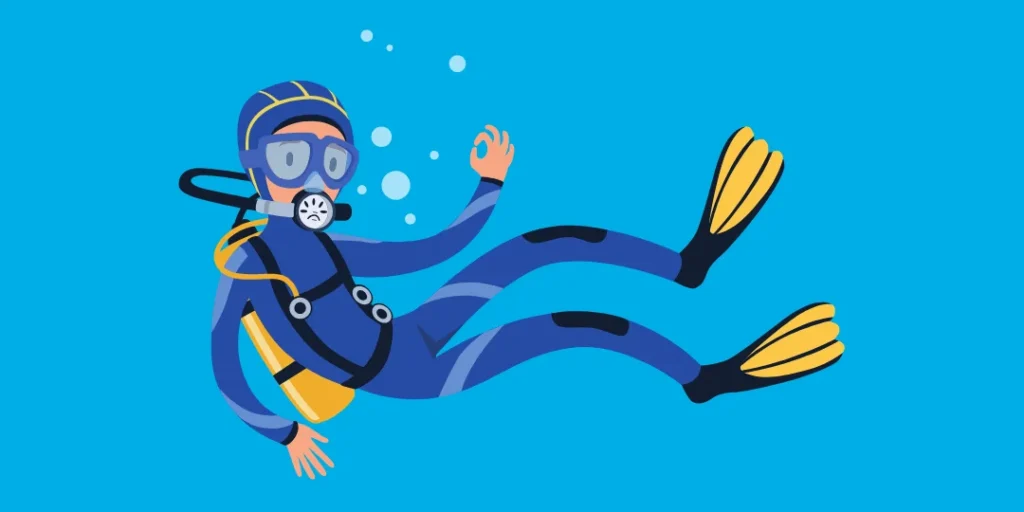
A snorkeling vest helps you stay afloat, ensuring minimal effort. It’s especially helpful for beginners or those who aren’t strong swimmers. Look for adjustable vests that allow you to control the amount of air inside.
How a Snorkeling Vest Works?
A snorkeling vest is designed with inflatable compartments that provide buoyancy. By inflating or deflating the vest, you can adjust your level of flotation. This makes it easier to float on the surface and reduces fatigue during extended snorkeling sessions.
How to Use a Snorkeling Vest
- Put on the vest and fasten all straps securely.
- Inflate the vest to your desired level of buoyancy using the manual inflator tube.
- Test your buoyancy in shallow water before heading to deeper areas.
- Deflate slightly if you need more flexibility while swimming.
- After use, rinse the vest with fresh water and allow it to air dry.
6. Defogging Solution
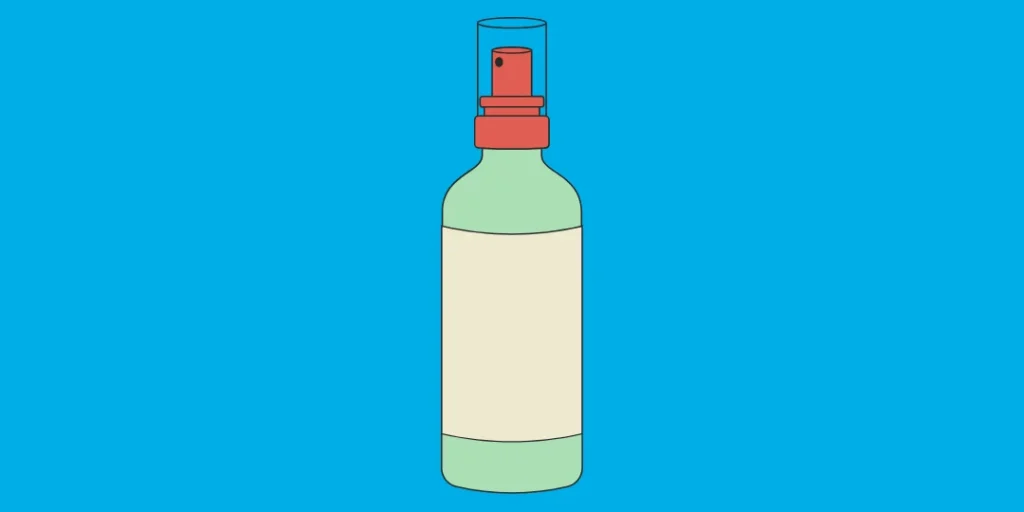
A clear mask is vital for an enjoyable snorkeling experience. No matter the quality of your snorkeling mask, it does fog up a little over time, and a good defogging solution ensures your mask doesn’t fog up. You can purchase defogging sprays or use a simple DIY solution like diluted baby shampoo, which is the best defogging solution.
How Defogging Solution Works?
Defogging solutions prevent fog from overtaking the lens of your mask by creating a thin film on the lens, reducing surface tension, and preventing condensation from forming. This keeps your mask clear for extended periods underwater and ensures an enjoyable experience.
How to Use a Defogging Solution?
- Apply a small amount of the solution inside the mask lens.
- Spread it evenly using your fingers or a soft cloth.
- Rinse the mask lightly with fresh water, leaving a thin protective layer.
- Avoid touching the lens after applying the solution.
7. Gear Bag
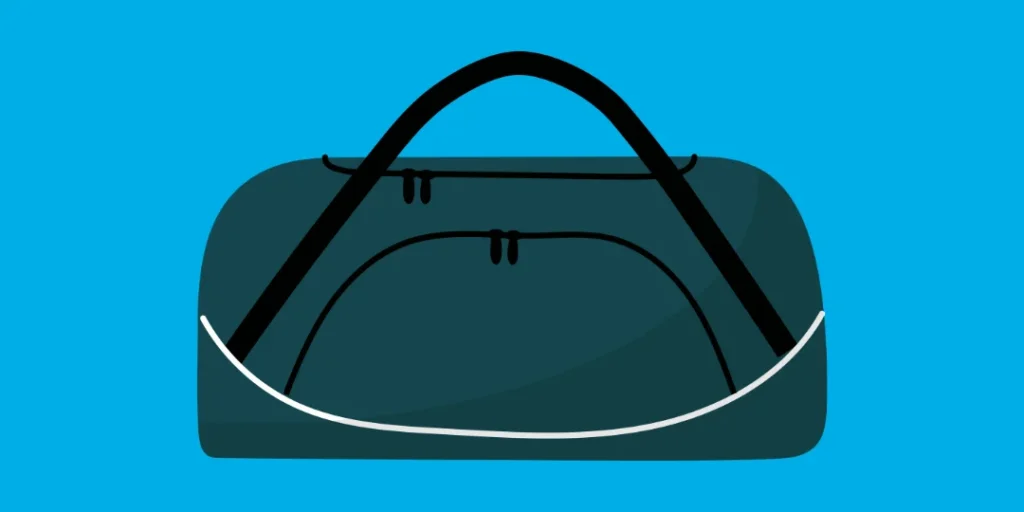
A durable gear bag helps you keep all your snorkeling equipment organized and easy to carry. Look for one with compartments to separate wet and dry items. Mesh bags are recommended to let in air, dry items while sand passes through, and allow ventilation.
How to Use a Gear Bag?
- Pack your gear systematically, with heavier items at the bottom and fragile items like the mask on top.
- Use separate compartments for wet and dry items to keep your belongings in place.
- Wash the bag with tap water after using it to remove salt and sand.
- Let the bag completely air dry before using it again to keep your equipment.
Having the right snorkeling gear enhances your activity and provides safety and comfort. Invest in good-quality equipment, and you’ll be well-prepared to make the most of your underwater adventures.
You can also go through the best snorkeling gear blog post to read about these in detail and to find out which brand we think stands out in each category.
How do you snorkel?
Snorkeling is simple and easy, but professionalism requires focusing on the technique and being comfortable with the gear. I will provide a step-by-step guide to help you snorkel effectively:
Step 1: Gather and Check Your Gear
Before heading for snorkeling, ensure you have all the essential snorkeling equipment:
- Snorkel Mask that fits perfectly without leaking.
- Snorkel Tube that allows you to breathe while floating.
- Fins that help you move efficiently through the water.
- Snorkeling Vest that provides extra safety for beginners.
Beginner Tip:
Practice putting on your mask and attaching the snorkel to it at home. Check if it’s leaking by placing the mask on your face and inhaling through your nose. It should create a slight suction and stay in place.
Step 2: Choose a Beginner-Friendly Spot
Try to find and choose a snorkeling location with calm, shallow waters where you can stand and rest if needed. Popular beginner locations often have lifeguards and clear water to make the experience stress-free.
Beginner Tip:
It is recommended to check out the weather and local tide charts to ensure calm conditions and not snorkel during strong currents or rough waves.
Step 3: Practice Breathing with Your Snorkel
Start by practicing in water that is not deep or on the surface. Place the snorkel tube in your mouth, seal it with your lips, and breathe slowly. Relax and focus on deep breaths to get used to the sensation.
Beginner Tip:
It might initially feel weird, so practice while holding your nose to avoid confusion between mouth and nose breathing.
Step 4: Enter the Water Safely
To enter the water safely, I advise walking backward if you are wearing fins. Walking straight can cause you to trip and fall. Get waist-deep into the water, crouch down to let your body float, put on your mask and snorkel, and ensure the mask is sealed correctly and the snorkel’s top stays above the water.
Beginner’s tip:
Get used to the gear to get comfortable in the water. Don’t rush.
Step 5: Float Horizontally
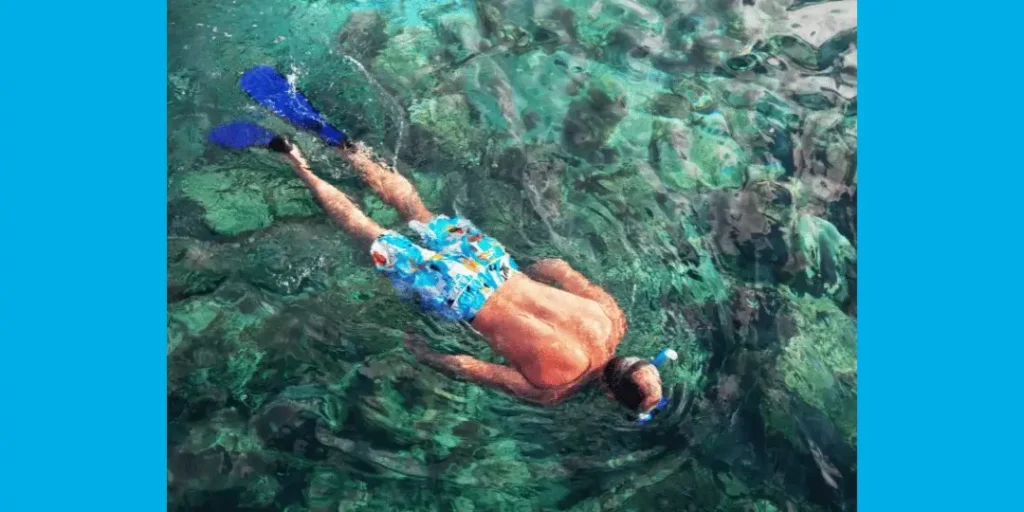
Lie in the water with your face down, leaving your body loose, so it naturally gets into a horizontal position. To enjoy snorkeling, it is essential to lie horizontally, stay relaxed, and avoid resistance as you move through the water. Keep the snorkel above the water, and if you are wearing a snorkeling vest, let it assist you with buoyancy.
Beginner Tip:
Avoid getting stressed and causing unnecessary movement to waste energy, and let the water support your body weight.
Step 6: Practice Breathing
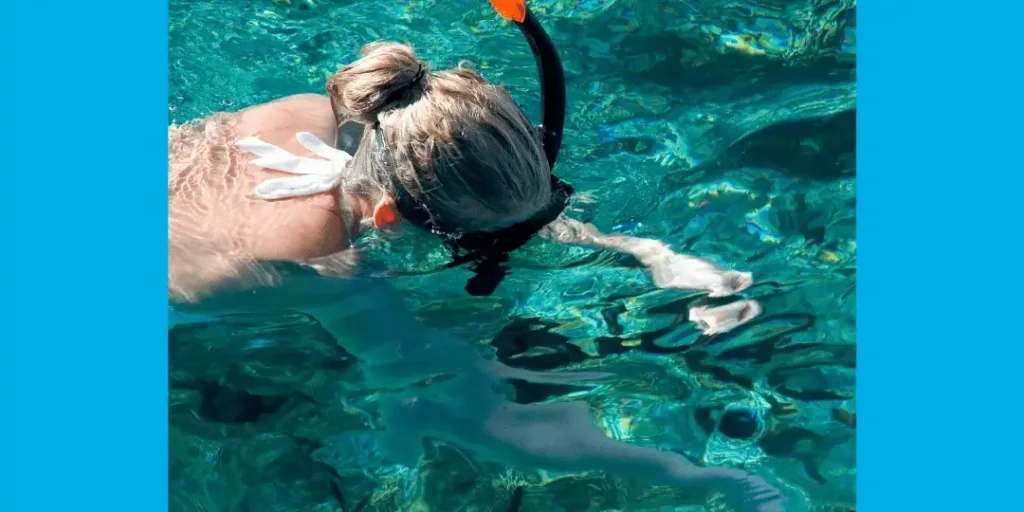
Start by submerging your face in the water and breathing through the snorkel. Don’t panic; stay calm. Take slow and deep breaths. Listen to the sound of your breathing to stay mindful of your pace, and it might also help you relax.
Being comfortable with your gear is essential for a better snorkeling experience.
Beginner Tip:
If you feel like you’re getting out of breath and unable to get a hold of the equipment, bring your face above the water’s surface and take deep breaths while you take a moment before you try again.
Step No. 7: Practice Basic swimming movements
Flutter and kick with your legs to move forward, and let your legs loose to avoid splashing the water. We discourage using your hands while snorkeling, which is unnecessary and can disrupt your balance.
Beginners Tip:
You should practice swimming with fins in a pool nearby before trying snorkeling. The key is to get used to the fins’ added length and resistance.
Step 8: Clear Your Mask and Snorkel
If the water gets into the snorkel, blow out forcefully to clear the water. If the mask fills with water or fogs up, lift the seal off your face so the water gets out, then reseal it properly.
Beginner Tip:
To prevent fogging, you can use a defogging solution or shampoo on your fingertips and gently apply it to your snorkel mask.
Step 9: Explore slowly
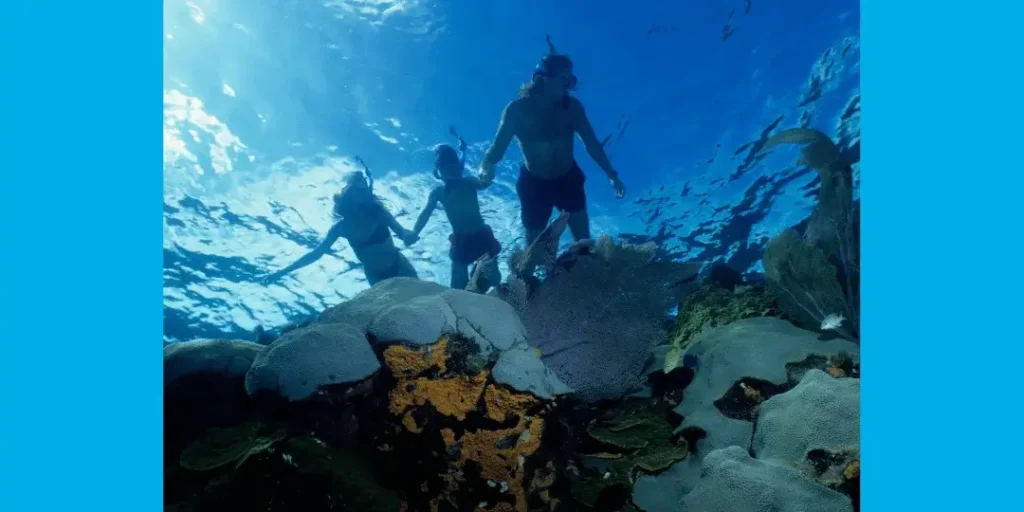
Start by staying close to the shore youand observe the underwater scenery. Try moving slowly so as not to startle marine life and conserve energy.
Beginner Tip:
Avoid diving until you’re confident enough. To have the best experience, try staying horizontal and parallel to the surface.
Step 10: Rest When Needed
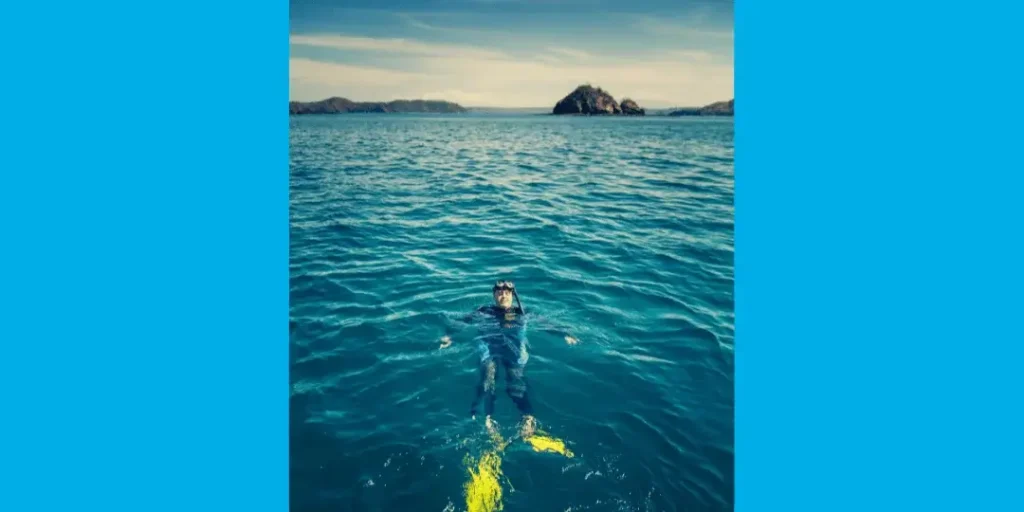
It is completely normal for beginners to feel tired after a while. So, if you feel exhausted, float on your back with the help of your snorkeling vest. You can use this break to enjoy and observe the surroundings from the surface.
Beginner Tip:
Never snorkel alone. Always have someone around you.
Step 11: Exit the Water Safely
Now that you have enjoyed it, it’s time to swim back to shallow water when you are finished. Remove your fins in the water so you can walk easily. Take off your gear and rinse it with fresh water to remove debris and salt to keep it in good condition.
Beginner Tip:
Always look for strong waves to avoid getting carried away and hitting a rock that can damage the gear or hurt you.
Bonus Tips for Beginners
Start Small: You can always go to a nearby pool to get comfortable underwater and with the gear.
Choose the right gear: It is essential to choose the right gear according to the requirements. You can read a detailed guide on snorkel gear here.
Stay Relaxed: Snorkeling is not racing or diving but observing and floating. The most important thing is to enjoy the whole process.
Learn from the guidance: Ask for advice from official tour guides offered by many beginner snorkeling tours; the tour guides can assist and teach you in real-time.
With the detailed guide I’ve written above, even a complete beginner can enjoy the wonders of snorkeling.
How to Build Confidence and Progress
Like any other activity, you can gain confidence in snorkeling with time and experience. You can start with beginner-friendly guide tours to help you get on with the basics. Gradually you can opt for more challenging spots according to the improvement in your skills. You can learn freediving techniques to enhance your snorkeling adventures.
Joining snorkeling communities
You can participate in local or online snorkeling groups. Reddit and Facebook have a lot of groups you can find and join. You can ask your questions and get help with anything related to snorkeling. You can gain insights and learn from the experiences of other snorkel enthusiasts. Which can increase your knowledge and build confidence.
Conclusion.
Snorkeling is easy. With the guide in this post, you can easily snorkel, even if you are a beginner. We have explained what snorkeling is, its benefits, and the essential gear required to start snorkeling. Then, we provided a step-by-step guide on how to snorkel. Moreover, we offered beginner’s tips on each step and tips on building confidence in snorkeling.

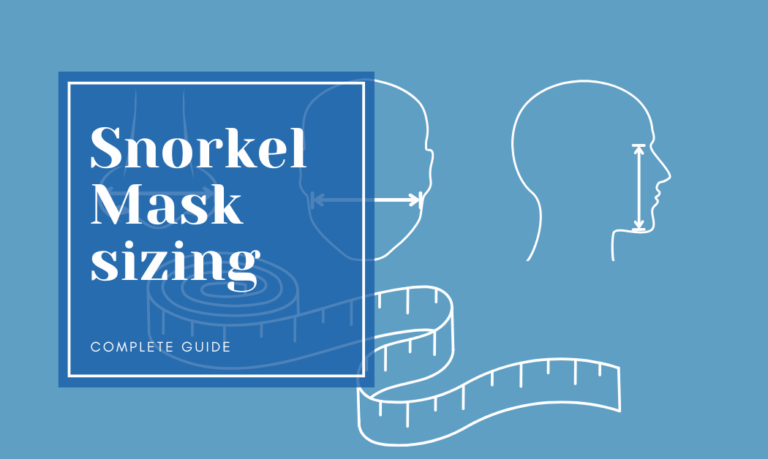
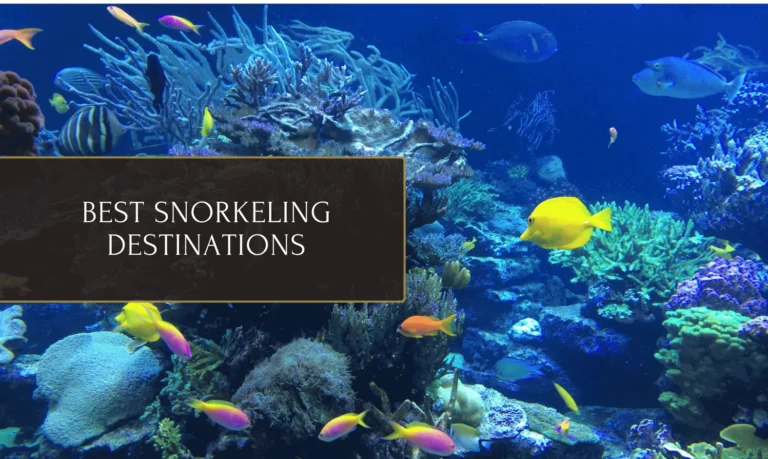
One Comment